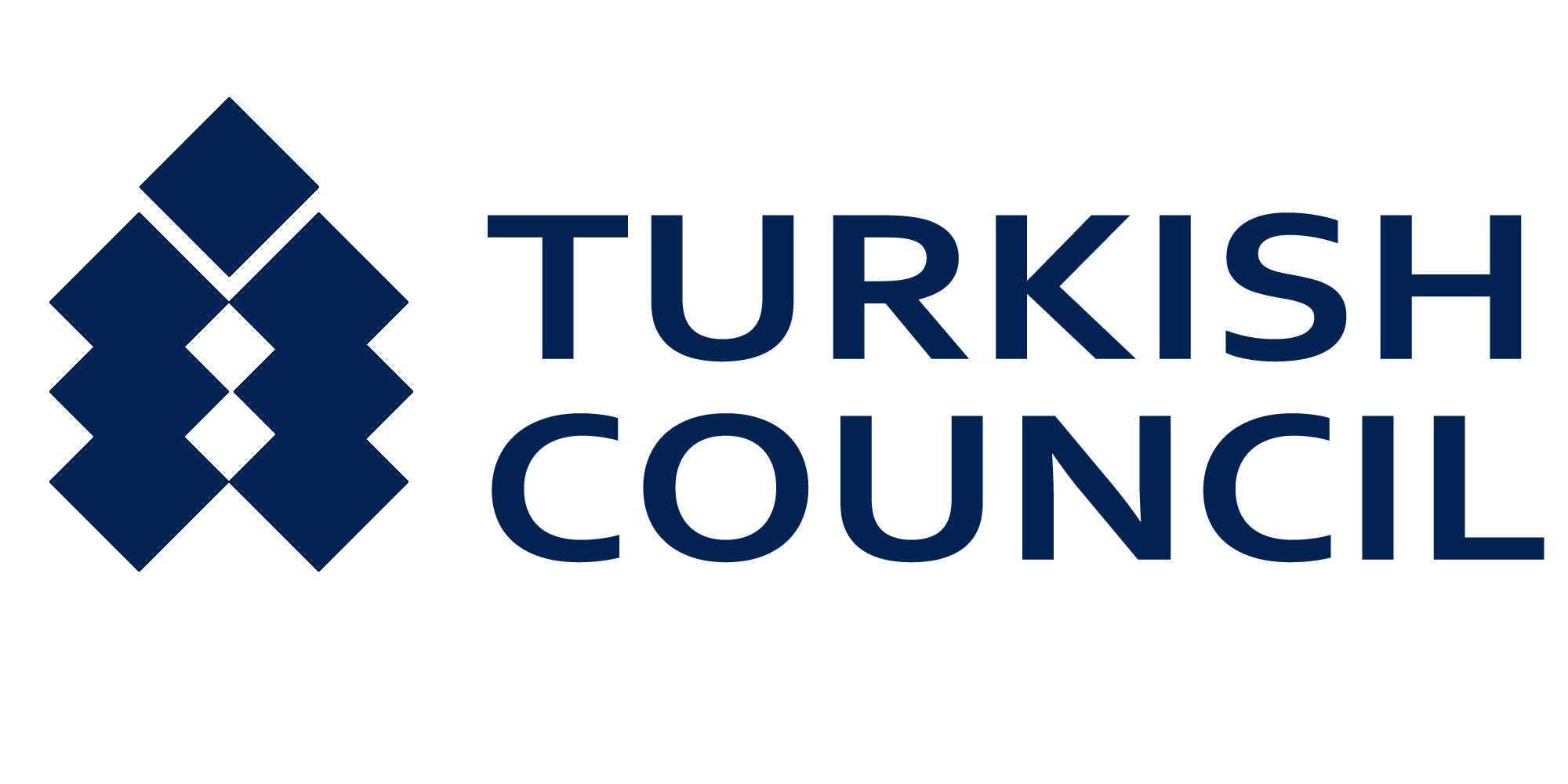Blog
Understanding Turkish Verbs
- August 8, 2024
- Posted by: Burak Ünal
- Category: Turkish Education

Understanding Turkish verbs is an essential step for anyone embarking on the journey of learning Turkish, a language that is rich in history and culture. At Turkish Council, we recognize the unique challenges and rewards that come with mastering this fundamental aspect of Turkish grammar. Verbs in Turkish are highly regular and follows specific conjugation patterns, making it an intriguing yet manageable task for learners. By grasping the nuances of Turkish verbs, students can significantly enhance their fluency and confidence in both written and spoken communication. Our expertly designed language courses offer comprehensive guidance to navigate these intricacies, providing clear explanations and practical exercises. As you delve deeper into the structure and use of Turkish verbs, you will unlock a deeper understanding of the language and its expressive capabilities, enriching your overall learning experience.
The Conjugation of Turkish Verbs: A Comprehensive Guide
Turkish verb conjugation is a systematic and logical process that primarily revolves around the verb root and specific suffixes. Each verb tense and mood in Turkish employs consistent and predictable patterns, which can be a reassuring feature for learners. Regular verbs are particularly straightforward, as they follow uniform rules for adding the required tense and personal suffixes. For instance, the present continuous tense is formed by adding the suffix -yor to the verb root, followed by the appropriate personal ending. Despite the presence of a few irregular verbs, the regularity of Turkish verb conjugation facilitates easier mastery over time. By breaking down these patterns and practicing regularly, students can seamlessly integrate verb forms into their vocabulary, leading to more fluent and natural expression in Turkish.
In Turkish, verbs are also conjugated to reflect negation and question forms, adding layers of nuance to everyday communication. Negating a verb typically involves the addition of the suffix -me or -ma before the tense suffix, depending on the vowel harmony rules. For example, the positive form “yapıyor” (he/she/it is doing) becomes “yapmıyor” (he/she/it is not doing) in its negative form. Forming questions is equally straightforward, often requiring the inclusion of the particle “mı/mi/mu/mü” after the verb. This particle conforms to vowel harmony and is inserted between the verb and the personal suffix, as seen in the transformation of “gidiyorsun” (you are going) to “gidiyor musun?” (are you going?). Understanding and mastering these additional conjugation patterns enables learners to form more complex and varied sentences, enhancing their ability to engage in more dynamic and accurate conversations in Turkish.
Beyond the fundamental tenses and moods, Turkish verb conjugation extends to a variety of compound tenses and aspects, which further detail the timing and nature of actions. Auxiliaries like “etmek,” “olmak,” and “gelmek” are frequently used with verb stems to form perfective, progressive, and even hypothetical actions. For instance, the future continuous tense can be expressed with “yapıyor olacağım” (I will be doing) by combining “yapmak” (to do) with the forms of “olmak” (to be). Additionally, verb forms can express necessity, ability, and conditionality, providing a rich tapestry of expressions for learners to explore. Mastery of these complex conjugations not only broadens one’s communicative repertoire but also deepens the appreciation of Turkish’s linguistic precision and expressive power. At Turkish Council, our courses are meticulously designed to demystify these compound structures and guide students through practical application, ensuring a thorough and nuanced understanding of Turkish verbs.
Mastering Tenses in Turkish: Tips and Tricks
Turkish tenses, though initially daunting, become much more approachable with a consistent and methodical approach. The language boasts a relatively straightforward set of tense structures compared to many other languages, with distinct endings for past, present, and future tenses applied uniformly across regular verbs. One practical tip is to familiarize yourself with these common endings early on, practicing their usage through repetitive exercises and real-life conversations. Additionally, leveraging mnemonic devices can help in memorizing these conjugations, making it easier to recall them during spontaneous speech. Understanding the specific tense context, such as when to use the aorist tense versus the present continuous, will deepen your grasp of Turkish communication, thereby enhancing your fluency and confidence.
One of the most effective methods for mastering Turkish tenses is immersion. Surrounding yourself with native Turkish content, such as films, music, and books, can provide you with real-world examples of tense usage in context. Listening to native speakers and trying to mimic their speech patterns will help internalize the rhythm and flow of Turkish verb conjugations. Additionally, engaging in conversation with native speakers, whether in person or through language exchange platforms, enables you to practice and refine your tense application in a dynamic setting. Our courses at Turkish Council emphasize this immersive approach, encouraging students to apply tense knowledge in practical, everyday situations. Through interactive exercises and guided practice sessions, you will progressively build your intuitive understanding of how different tenses function, fostering a more natural and instinctive communication style.
Finally, consistency and persistence are key when mastering Turkish tenses. Allocate regular study periods dedicated to tense practice, ensuring you revisit and reinforce previously learned material. Creating a personalized study schedule that includes varied activities—such as flashcards, quizzes, and writing prompts—will help keep your learning dynamic and engaging. Additionally, don’t be afraid to make mistakes; each error is an opportunity to refine your skills and deepen your understanding. At Turkish Council, we support your learning journey with tailored feedback and continuous encouragement, helping you to overcome challenges and celebrate progress. By maintaining a disciplined yet flexible study routine, you’ll find that Turkish tenses gradually become second nature, enriching your overall command of the language.
Common Mistakes and How to Avoid Them When Using Turkish Verbs
One of the most common mistakes learners make when using Turkish verbs is neglecting the vowel harmony rule, which is a crucial aspect of Turkish grammar. Vowel harmony dictates that vowels within a word harmonize to belong to either the front or back set, influencing the suffixes attached to verbs. For instance, the verb “yapmak” (to do) requires a different suffix set compared to the verb “gitmek” (to go). Understanding and implementing this rule can significantly reduce errors and enhance fluency. At Turkish Council, we provide extensive practice and examples to help students internalize vowel harmony, ensuring they can conjugate verbs correctly and naturally in various contexts.
Another frequent error lies in the misuse of tense and aspect in Turkish verbs. Unlike English, Turkish uses different suffixes to indicate not only the tense but also subtle nuances such as habitual actions, intentions, and the progression of events. For example, confusing the simple past tense suffix “-di” with the present continuous suffix “-iyor” can lead to misunderstandings. Accurately grasping these distinctions is vital for effective communication. At Turkish Council, our language courses focus on breaking down these complex conjugation forms into digestible lessons, supported by real-life conversations and situational exercises, to help students adeptly navigate Turkish verb tenses and avoid common pitfalls.
A third common pitfall for learners is the incorrect use of auxiliary verbs and modal verbs in Turkish. These verbs, such as “ebilmek” (can/be able to) and “gerekmek” (need to/have to), modify the main verb and can change its meaning significantly. For example, saying “gidebilir” instead of “gidiyor” changes “is going” to “can go.” Misusing these auxiliaries can lead to confusion or misinterpretation. At Turkish Council, we emphasize the importance of understanding these auxiliary and modal verbs through targeted exercises and contextual learning. By mastering their correct usage, students will be able to express a wider range of meanings and intentions accurately, thereby enhancing their overall language proficiency.
- Buy Our Online Turkish Language for Beginners: https://courses.turkishcouncil.org/courses/learn-turkish-a1/
- Visit Turkish Council for Turkish Course Visa Invitation Letter: https://www.turkishcouncil.org
- Visit Turkey Residence Agency for Your Immigration Requests: https://www.residentturkey.com
- Visit Gordion Partners for Investment in Turkey: https://www.investment.com.tr
- Visitez Campus Turquie si vous parlez français: https://www.campusturquie.org
Disclaimer: This article is for general informational purposes only and you are strongly advised to consult a professional to evaluate your education. No liability is accepted that may arise from the use of the information in this article.
